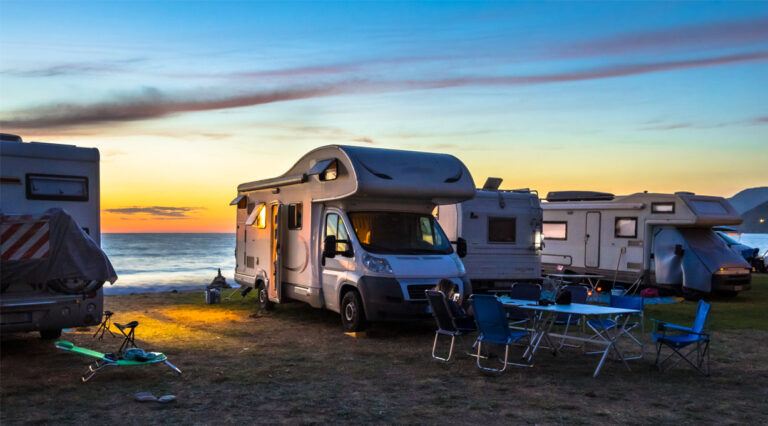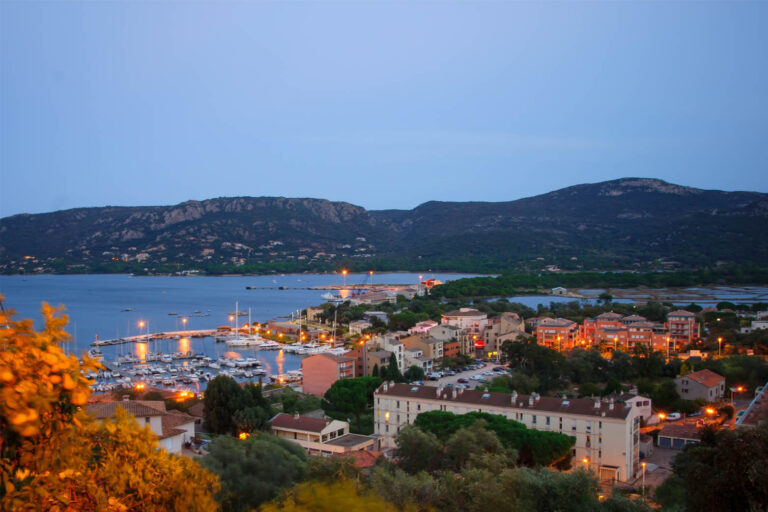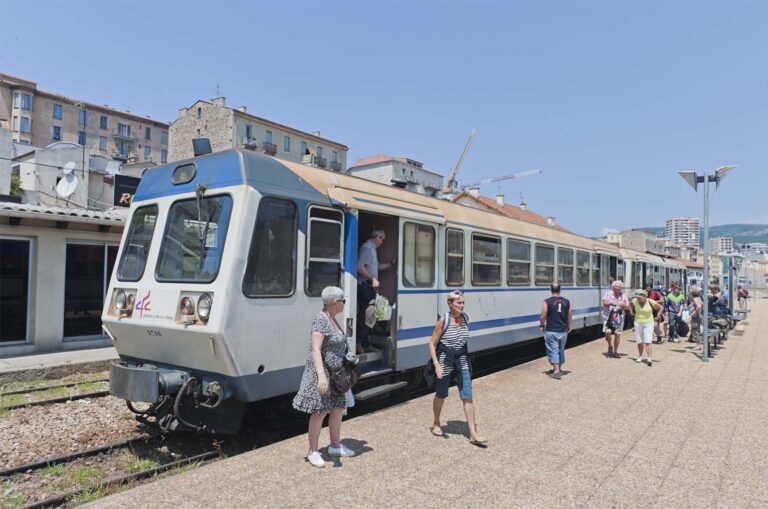Ah, Corsica! Nicknamed the “Isle of Beauty”, this Mediterranean destination is a dream come true for many travelers in search of breathtaking scenery and a unique island atmosphere. But while Corsica is a popular year-round destination, it’s essential to choose the right period to take full advantage of everything the island has to offer. So, what’s the best time of year to visit Corsica?
Corsica in spring: an awakening of the senses
May and June are particularly enchanting months in Corsica. The temperature is mild and pleasant, generally between 20°C and 25°C. It’s during this period that the maquis, that typically Corsican vegetation, is in full bloom. The hills are adorned with a palette of vibrant colors and the scents of the maquis fill the air, offering visitors a memorable olfactory experience.
The most beautiful hikes to discover in May and June in Corsica
Spring in Corsica is synonymous with an awakening of nature. May and June, in particular, offer ideal conditions for exploring the island’s hiking trails. Temperatures are pleasant, the maquis is in bloom, and the tourist sites are still untouched by the summer crowds. It’s the perfect time to put on your boots and set off on an adventure!
1. The GR20: Section from Vizzavona to Capanelle
A segment of the mythical GR20, this section is perfect for hikers wishing to experience the GR without committing to the entire route. In May and June, nature is lush, offering breathtaking scenery.
2. The Aiguilles de Bavella
One of Corsica’s most emblematic sites, the Aiguilles de Bavella majestically dominate the landscape. The trails wind between maritime pines, sculpted rocks and panoramic viewpoints. Spring blooms accentuate the beauty of this must-see site.
3. Fango Valley
Listed as a UNESCO Biosphere Reserve, this valley offers a variety of trails with refreshing natural pools, ideal after a good walk. In May and June, the flora and fauna are particularly active, offering a living natural spectacle.
4. The Douaniers Trail (Cap Corse)
If you’re looking for a coastal hike, this is the trail for you. Linking Macinaggio to Centuri, it offers breathtaking panoramic views of the Mediterranean, steep cliffs and small, unspoilt coves. Spring adds a touch of color with the blossoming of broom and rockroses.
5. Lake Melo and Capitello (Restonica Valley)
For a high-mountain experience, head for the Restonica Valley. The lakes of Melo and Capitello, still partly frozen in spring, offer a breathtakingly beautiful sight, with their turquoise waters contrasting with the snow-capped peaks.
Corsica, often referred to as the Isle of Beauty, is at its most beautiful in May and June. This is a time when hikers can take full advantage of the island’s natural wonders, in optimal conditions. Between mountains, valleys, coasts and forests, each trail offers a unique experience, a true ode to Corsican nature in all its splendour.
A Corsican summer: heat and festivities
Of course, Corsica in summer attracts many tourists. With sea temperatures around 25°C or more and generally clear skies, it’s the perfect time of year for those who want to enjoy the island’s heavenly beaches. However, it’s worth noting that July and August are the most popular months, and it can get very hot, especially indoors.
The mildness of autumn
September and October are ideal months to discover Corsica. The summer heat is fading and giving way to autumnal mildness. Tourists are less numerous, offering a more authentic and peaceful experience. Activities such as hiking are all the more enjoyable with mild temperatures and a landscape of changing colors.
The Corsican winter: a different experience
Winter in Corsica is mild by the sea, with an average temperature of 15°C, but can be harsher in the mountains. It’s the perfect season for those looking for a different experience, away from the crowded beaches, and to discover a different side of Corsica.
Traditional preparation of cheese and charcuterie in winter in Corsica
Winter in Corsica doesn’t just mean snow-capped mountains and festive season. It’s also the perfect time to prepare the island’s signature dishes: cheese and charcuterie. Although these delicacies are available all year round, winter is of particular importance in the production calendar.
Corsica’s wealth of cheeses
When you think of Corsican cheese, “Brocciu” immediately springs to mind. This whey-based cheese is an island specialty, with an AOC (Appellation d’Origine Contrôlée) label. Production generally runs from November to May, depending on the lactation period of the ewes and goats. In winter, the animals feed on the rich, fatty grass of the mountain pastures, giving Brocciu its distinctive, sought-after taste.
Corsican charcuterie: ancestral know-how
Winter is also the ideal time to prepare Corsican charcuterie. After the harvest, when the pigs have been well fed, it’s time for the “slaughter”. It’s a family and community event, where we prepare sausages, figatellu, lonzu and much more together. The freshness of winter is ideal for drying and maturing these products, guaranteeing their preservation and unique flavor.
The methods used to make these charcuterie products are the fruit of an ancestral heritage handed down from generation to generation. Each family has its own secrets and recipes, making each product a unique treat.
Corsica, with its traditions and know-how, offers dishes of exceptional quality. Winter, far from being a period of rest, is a key time for preparing these delicacies. So the next time you enjoy a piece of Corsican cheese or a slice of Beauté sausage in the dead of winter, remember the care, passion and tradition behind every bite.
Corsica is a rich and varied destination to discover all year round. However, to take full advantage of the region’s charms without suffering from heatwaves or floods of tourists, opt for spring and autumn. These periods offer an ideal climate for discovering the Isle of Beauty in all its splendor.







